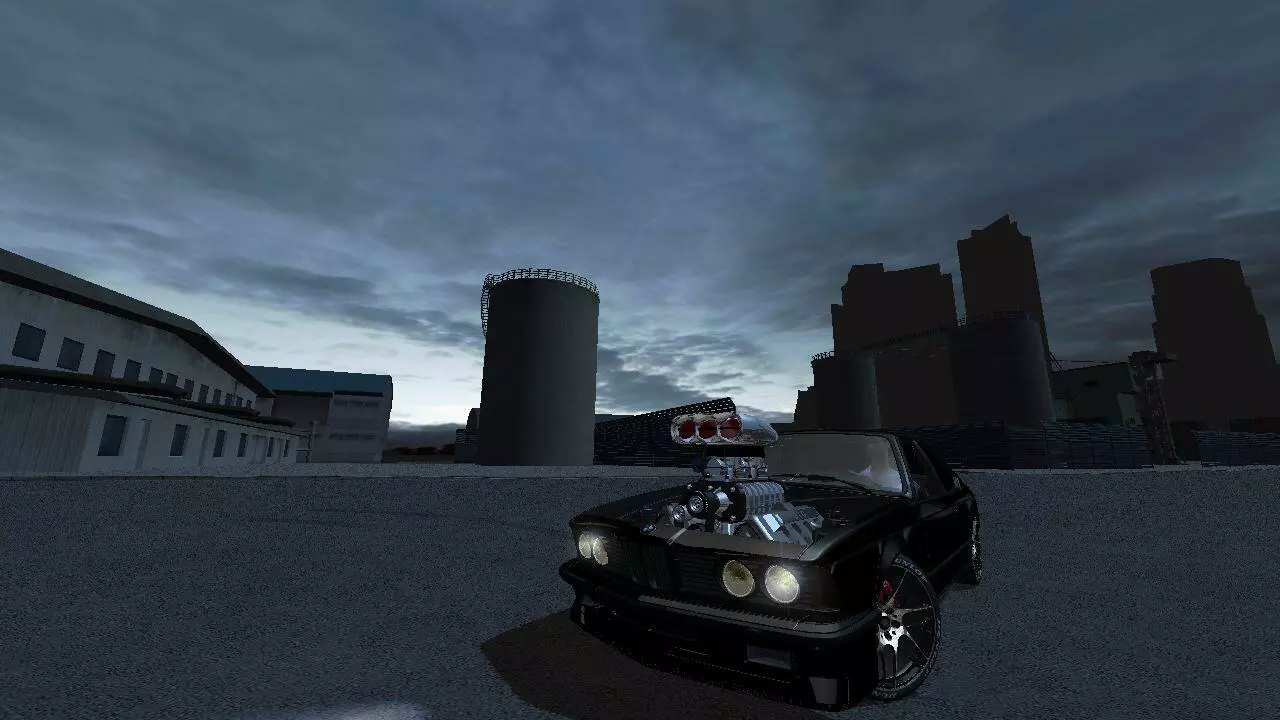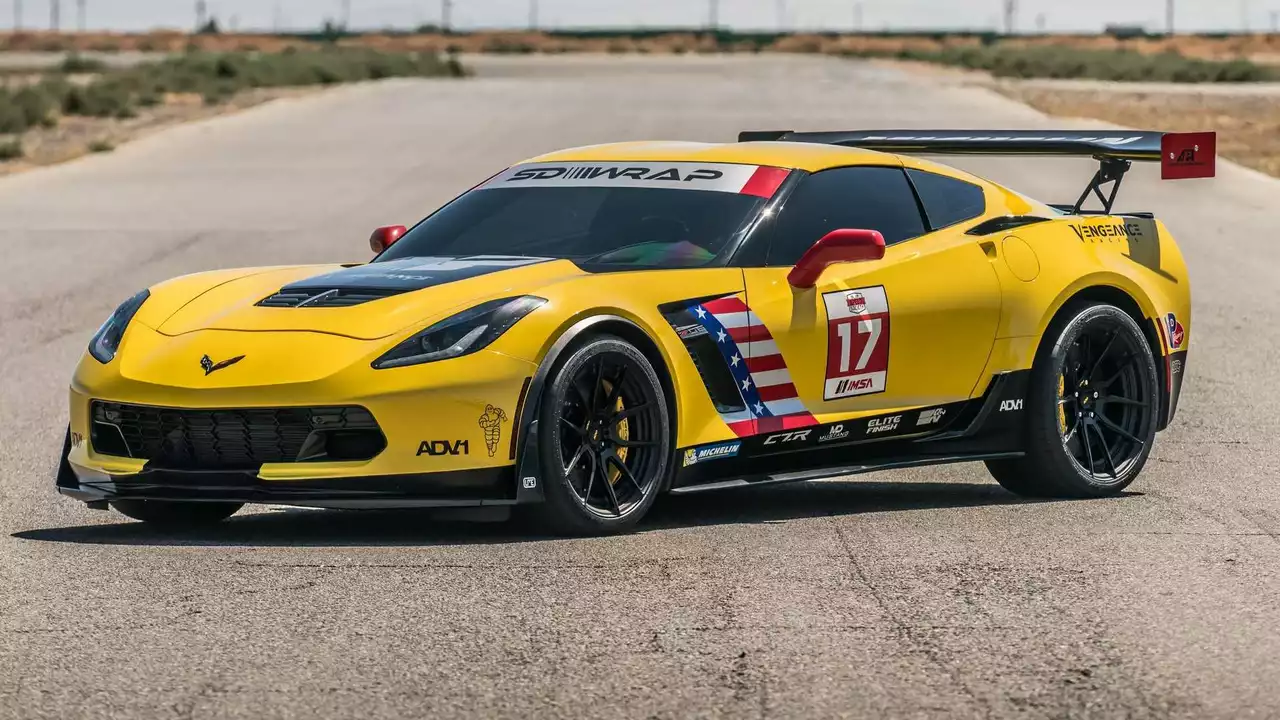August 2023 Motorsports Archive – Street Racing Laws & Car Stability
Welcome to our August roundup. We’ve pulled together two of the most talked‑about topics from the month: where you can legally hit the gas in North America, and why race cars look wider than the road they’re on. Grab a coffee and get the quick facts you need.
Legal Street Racing Spots in North America
Ever wonder if there’s a place you can race without a ticket hanging over your head? Yes, there are. In Sonoma, California, a track hosts "Wednesday Night Drags" where drivers line up, rev, and race on a closed circuit. The event is fully permitted and even promoted by the venue. No police lights, just the roar of engines.
Head north to Canada and you’ll find Toronto Motorsports Park offering similar legal events. They run organized street‑style drag races on a paved strip that mimics the feel of an open‑road sprint. The key is that these tracks are licensed, have safety crews on standby, and enforce rules to keep everyone safe.
What does this mean for you? If you crave speed, look for a licensed drag strip or street‑racing event in your area. Always check the organizer’s credentials, wear proper safety gear, and respect the limits they set. It’s the only way to enjoy the thrill without putting yourself or others at risk.
Why Racing Cars Have a Wide Base
Notice how many race cars sit low and spread their tires wide? That’s not just for show. A wider track lowers the car’s center of gravity, which helps keep it planted during fast corners. Think of it like a person spreading their feet to stay steady on a moving bus.
The physics are simple: a broader stance reduces the amount of body roll when you turn sharply. Less roll means the tires stay in better contact with the road, delivering more grip. More grip translates to higher cornering speeds and fewer spins.
Designers also use the wide base to balance aerodynamic forces. When a car leans into a turn, the extra width helps distribute downforce evenly, preventing the front or rear from lifting. It’s a win‑win: stability, grip, and better handling all in one package.
If you’re building a track car or just curious about why your favorite Formula 1 machine looks the way it does, remember that the width is a purposeful tool. It’s not about looking aggressive; it’s about mastering gravity so the car can go faster without losing control.
That’s the lowdown on August’s highlights. Stay tuned for more easy‑to‑read motor‑sport guides, event updates, and behind‑the‑scenes tech explanations. We’ll keep bringing you the info that helps you ride smarter and faster.
Where is street racing legal in North America?
Hey there speedsters! Want to feel the rush of adrenaline without the flashing blue lights in your rearview mirror? Well, there are actually places in North America where you can legally satisfy your need for speed. Believe it or not, there's a track in Sonoma, California where they host "Wednesday Night Drags". It's not only legal, but it's encouraged. Further North, in the Great White North, to be specific, tracks like Toronto Motorsports Park in Canada also offer legal street racing. So, buckle up, hit the gas, and remember - drive responsibly, even when you're legally lighting up the asphalt!
VIEW MOREWhy does a racing car have a wide base?
Well folks, buckle up because we're about to dive into the thrilling world of race car design! You've probably noticed those wide bases on racing cars and wondered, "Why are they eating up all that road space?" Well, it's not just about hogging the track! Having a wide base improves stability by lowering the vehicle's center of gravity, making those high-speed turns less 'spinny' and more 'winny'. So, remember, it's not just the width of the car, it's about mastering gravity and spinning less to win more!
VIEW MORE
